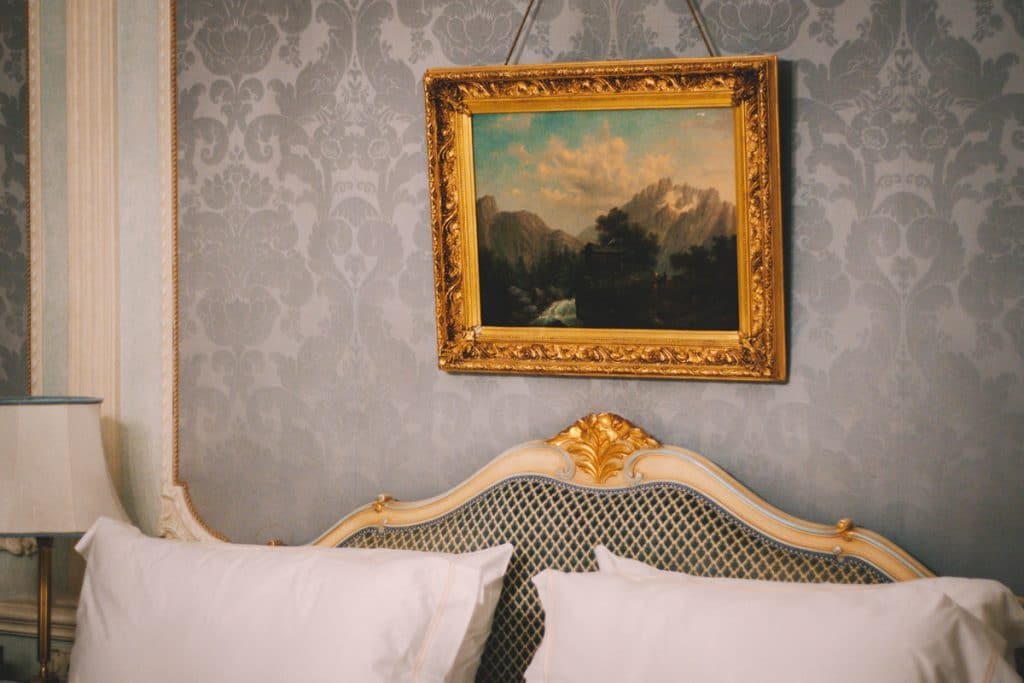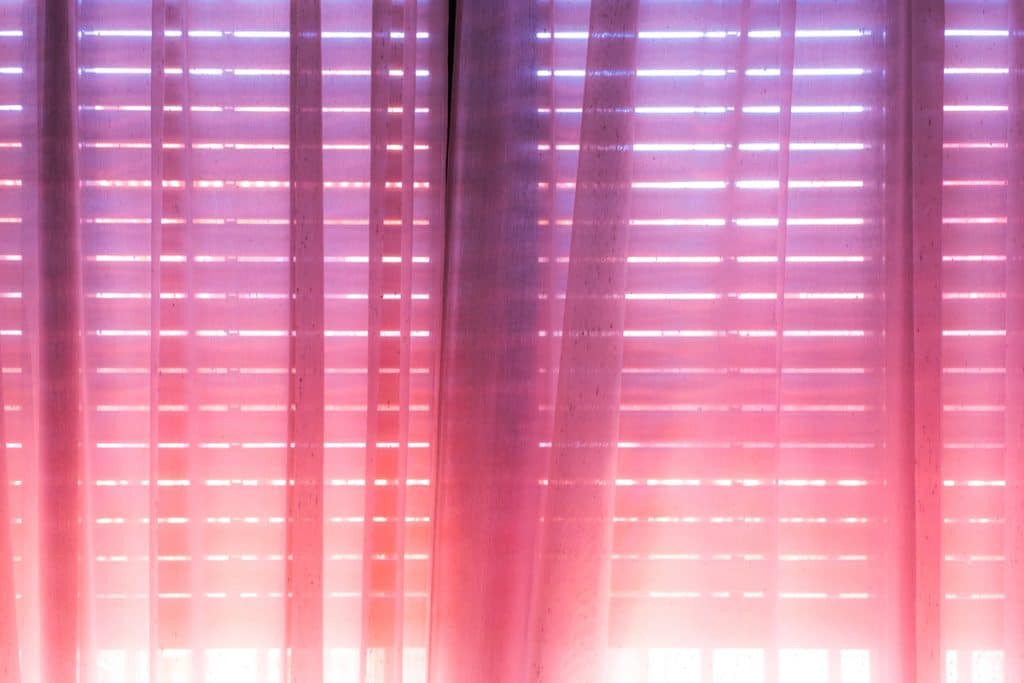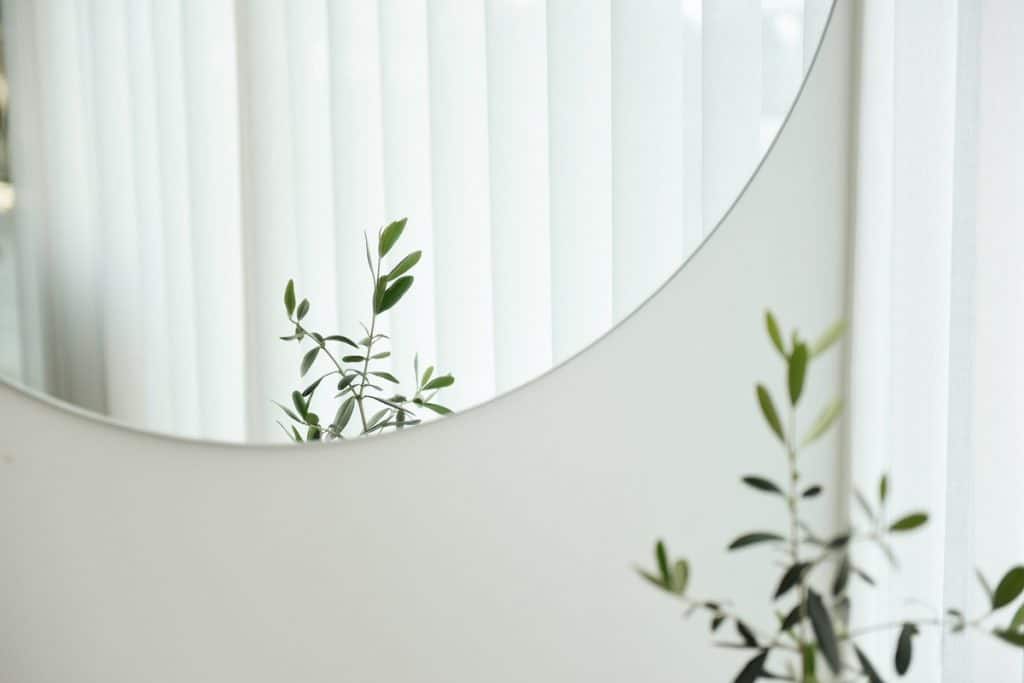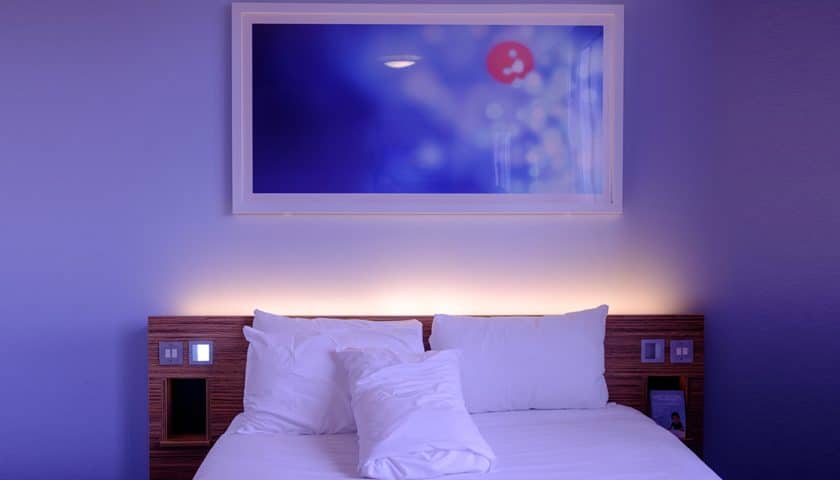Master bedrooms are always assumed to be spacious. That’s why most often conversations about master bedroom are centred around walk-in wardrobes, chairs by the window, or how to decorate an attached balcony. Woefully, not all of us have the luxury of having master bedrooms where we have square feet in excess.
But don’t be disheartened. Small master bedrooms are easier to clean and organise and are ultra cosy. We give you our expert tips on how to “expand” your master bedroom through smart decor design.
Focal point
A well-designed room will always have a focal point acting an anchor to the eye. In a small master bedroom, the focal point should ideally be at eye-level or above. How about an elaborately patterned headboard?

Intricate designs on a wrought iron headboard or pretty florals on an upholstered one would grab attention as well as elevate your decor to the next level. You could add nailhead trims to give it a classic touch or pick one that looks like picket fences for a rustic look. Or how about having a festive monotone like a deep crimson or a brooding blue?
Of course, make sure the headboard matches the decor of the rest of your room! Use dramatic drapery to meld a simple headboard with the design of your room. You can use lightweight cotton ones or opt for heavy fabric.
You can also contemplate hanging a woven rug or a large, eye-catching art piece above plain and regular headboards. Or keep it simple with some sleek but tasteful lighting.
The magic of curtains
Curtains can weave a spell if used right. Choosing sheer or fine-spun fabrics will liven up the room with their airy presence. Thick drapes might look great, but they tend to make a room look smaller due to their heaviness. When drawn across the window, they also cut off all the light, which is not prudent for a small master bedroom.

What you want are curtains or blinds that will do their job well without shrinking the room, and to that end slatted Venetian or Roman blinds with some lovely patterns will fit in very well.
If curtains are what your heart calls for make them stretch from ceiling to floor. The added height gives the impression of a large room.
Now, the best part? You don’t really need windows to put up curtains! That space above the headboard? Hang some sheer curtains and drape them over the headboard. Here, you also have the leeway to go for heavier fabrics as the purpose is to be the focal point.
[smartslider3 slider=2]Multiplying with mirrors
Disorderly rooms are never good for the soul. In this case, decluttering your room is no longer an option but an absolute must when there is a paucity of square feet. Clean surfaces and empty areas maximise the illusion of vastness and also allow the room to breathe.

Once this is done, you can multiply that vastness with the age-old trick of using mirrors.
Having a free standing full-length mirror opposite a window will throw light across the room making it look way brighter than it is. And the light is never enough in a small room. Trick the eye by strategically placing the mirror at the end of a walk-in closet to give the effect of infinity.
You can also put hanging mirrors on the wall in such a way that it reflects the focal point or, say, the attractive wallpaper in the room, which will give the illusion of continuity to the room making it seem much larger than it really is. Clever!
Many designers firmly believe that round mirrors create the biggest impact. Whether they are hung or fixed on the wall round mirrors also help to break monotonous lines or the predominantly squarish shapes in the room. And the bigger, the better.
Colour to create space
Colours go a long way in making a room seem larger, and pastels are the safest choice. The reason being, lighter hues simply make the room luminous by reflecting the light.

But don’t avoid darker colours altogether and don’t forget the ceiling. If the walls are a balmy yellow or a soothing sage, then go for an intense blue or maroon for the ceiling to augment depth. It also gives that much-needed pop to the room and draws the eye upward as well.
Darker colours on the ceiling, when combined well with lighter ones on the wall accents the feeling of height making the room appear expansive. If dark is for the ceiling make sure that the trims are a lighter shade to ease into the change of colours. Offsetting the walls and ceiling in this manner also tricks the mind into seeing more depth than what the room really has.
For the perfect finishing touch allow the wall and ceiling colour schemes to overflow into the accessories and furnishings in the room. Matching your pastels with the curtains and the dark ceiling colours with some delectable artwork will create wonders for a small bedroom. Try and maintain this fluidity by choosing related shades in accessories like pillows, throws, and rugs.
Lesser but bigger
One of the biggest mistakes we tend to commit when furnishing a small bedroom is stuffing it with multiple pieces of furniture. Somehow, we feel the room will look larger if we keep more things in it. While that might work in some cases, designers disagree vehemently and tell us that ideally “lesser but bigger” is the mantra when furnishing a small bedroom.

Use oversized furniture but just a few of them. Lose one or both the bedside tables and have shelving beside the headboard instead. Don’t be afraid of placing a large bed with a canopy or even a small foot bench at the end of the bed to step up the style. Get rid of an extra chest of drawers, maybe, by getting a bed with storage space underneath. Making these small but intuitive adjustments will help the room expand immensely.
Lastly, try to scoop out small corners in the wall for placing the odd item or two. Lanterns, small plants, a set of books, all look good when placed in a wall niche. Not only does it save space but also adds character, unobtrusively!



Thanks for sharing these wonderful tips and suggestions with us, i like really it.